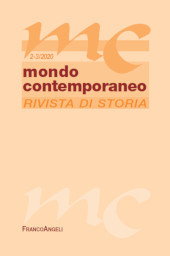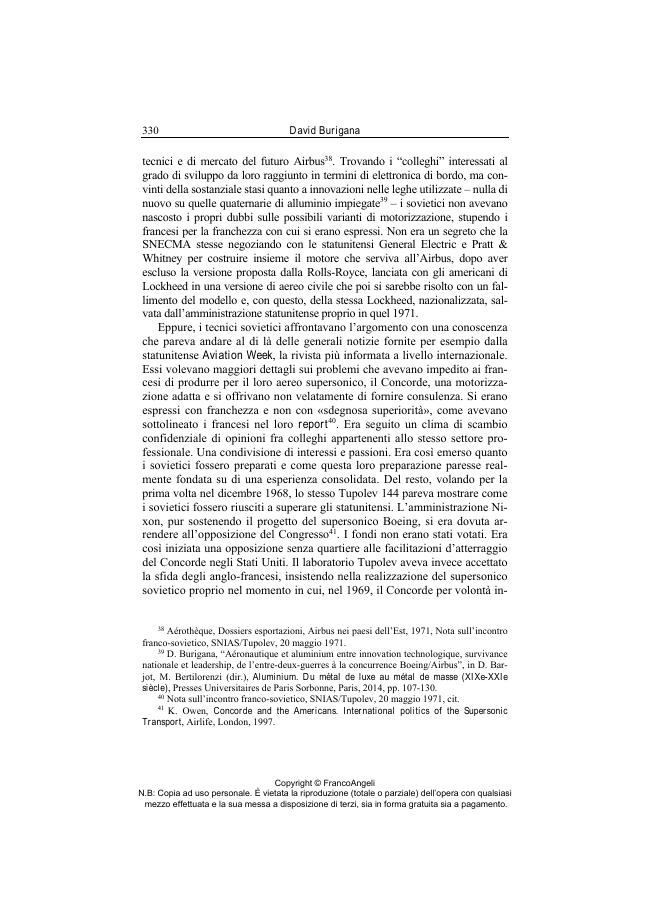La "grande illusion" : lo Spazio sovietico visto dalla Francia fra scienza, tecnologia e politica estera dagli anni Sessanta agli anni Ottanta
319-341 p.
Gli scienziati occidentali incontravano i "colleghi" del blocco sovietico. L'obiettivo politico-diplomatico era mostrare disponibilità al dialogo, quello ovvio avere canali alternativi di informazione sui progressi sovietici. Questi contatti dovevano avvenire nel quadro di una collaborazione occidentale in funzione della traiettoria impressa allo sviluppo tecno-scientifico statunitense. Vennero tuttavia delineandosi negli anni Sessanta quei caratteri di una competizione/cooperazione euro-atlantica giunti fino ai giorni nostri, senza che il processo di costruzione europea ne intaccasse gli ambiti più strategici. Come in questo contesto rapportarsi con il mondo sovietico? E che immagine trarne?.
Nuove evidenze sembrano emergere grazie all'incrocio di diversi archivi tratti dall'esperienza più indicativa, quella francese, dalle commissioni scientifiche franco-sovietiche alla "cooperazione" spaziale con le missioni dello spationaute Jean-Luc Chrétien nel 1982 e nel 1988, e poi con la fase di maggior cooperazione durante le missioni Vega 1 e 2 nell'Armata Halley per far intercettare la cometa dalla sonda ESA Giotto nel marzo 1986. [Testo dell'editore].
Western scientists met with their "colleagues" from the Soviet bloc. The main politi-cal-diplomatic objective was to show readiness for dialogue, the other obvious one was to find alternative channels of information on Soviet progress. These contacts took place within the framework of Western collaboration, which developed according to the trajectory of American techno-scientific development. A Euro-Atlantic competi-tion / cooperation, however, took shape in the 1960s, with its own characteristics that have reached the present day, without the process of European construction affecting its more strategic areas. In this context, how can historians relate to the Soviet world? And what image can they draw from it?.
New evidence seems to emerge thanks to the investigation and intersection of various archival sources, drawn from the most indica-tive experience, the French one, from the Franco-Soviet scientific commissions to the Space "cooperation" with the missions of the spationaute Jean-Luc Chrétien in 1982 and 1988, and then the phase of enhanced cooperation during the Vega 1 and 2 mis-sions in the Halley Army. These two missions aimed at having the comet intercepted by the ESA Giotto probe in March 1986. [Publisher's text].
-
Articles from the same issue (available individually)
-
Information
ISSN: 1972-4853
KEYWORDS
- Esplorazione spaziale, programma spaziale sovietico, collaborazione scientifica, storia della tecnologia, esperti, ESA.
- Space exploration, Soviet space program, scientific collaboration, history of technol-ogy, experts, ESA.



